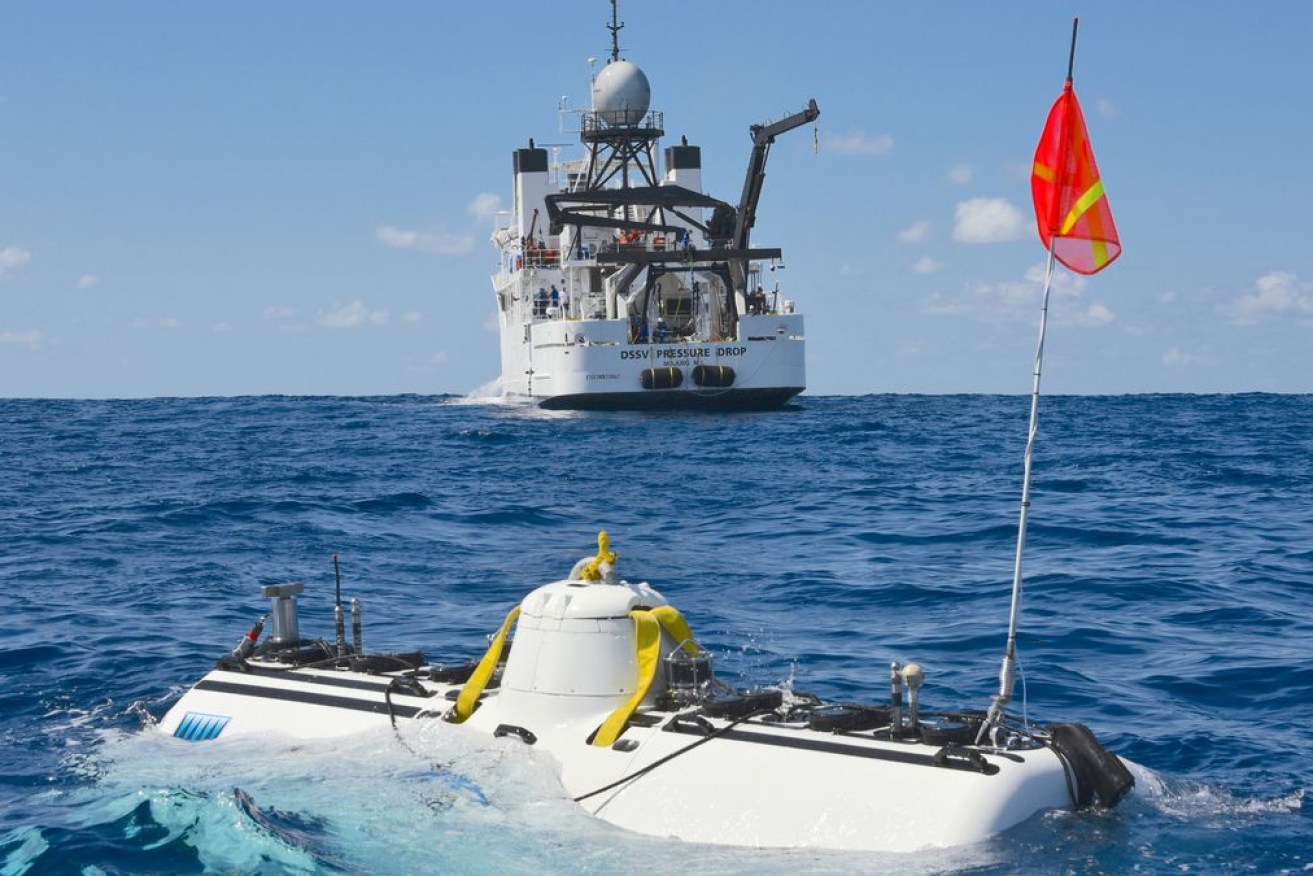Twiggy takes the plunge on new deep-sea research project
Mining magnate Andrew “Twiggy” Forrest is about to fund another expensive, high-tech foray into one of the deepest parts of the ocean off the West Australian coast.

Mining billionaire Twiggy Forrest is supporting a research project in some of the deepest ocean water on the planet. (Picture supplied).
The Fortescue Metals Group chairman has formally cemented a partnership between his philanthropic Minderoo Foundation and the University of Western Australia.
Under a five-year funding deal, scientists will explore the submerged fractures of the east Indian Ocean, six kilometres below the surface, a water depth known as the Hadal zone.
The centre, to be launched by Dr Forrest on Tuesday, already has a major expedition under its belt, a research trip to the to the Wallaby Zenith Fracture Zone off WA’s mid-west coast early last year.
The centre’s founding director, biologist, engineer, explorer and author Alan Jamieson says the footage from that submersible visit is otherworldly.
“On the very bottom it is soft white sand but there were a lot of animals, it is very diverse and then along the escarpment, which is a 600-mile-long wall, about 2000 metres high, there were things there I still don’t understand,” Professor Jamieson says.
“It’s going to take a long time to unpack it in terms of what’s going on geologically.”
Forrest believes the deep sea holds the key to unlocking many of the questions about life on earth in terms of biodiversity, ocean processes including currents and circulation, and human impacts such as climate change.
“We know a lot about the top 2000 metres and then as you get deeper, our understanding becomes less and less,” he said.
“It’s Minderoo Foundation’s aim to fill in the gaps for that deepest 50 per cent of the ocean so we can better understand how to treat the ocean as a whole and understand what it is telling us about the pressure we are putting on it.”
The Indian Ocean is the world’s third-largest ocean, spanning more than 70.5 million square kilometres.
It accounts for almost 20 per cent of the world’s ocean area but with an average depth of almost four kilometres, it’s the least understood of the world’s five named oceans and little is known about the species that call it home.
University of Western Australia Vice-Chancellor Amit Chakma said the aim was to progressively and comprehensively unearth the Indian Ocean’s secrets, by mapping the ocean floor, and characterising and discovering new fauna and marine species.












